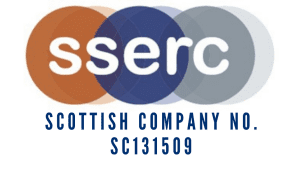 Quite often, when carrying out chemical processes, it is necessary to boil the reaction mixture. Sometimes, it is necessary for the boiling to take place for a significant amount of time. If this is the case, the mixture will need to be boiled under reflux.
Quite often, when carrying out chemical processes, it is necessary to boil the reaction mixture. Sometimes, it is necessary for the boiling to take place for a significant amount of time. If this is the case, the mixture will need to be boiled under reflux.
You can find out more about refluxing below
If you heat a reaction mixture for a significant length of time, particularly in the case of something volatile, the solvent will evaporate and possibly leave the reaction mixture dry. As well as being wasteful of solvent, this has an additional problem in that this it can lead to highly flammable fumes being produced, which are an obvious hazard.
The solution to this is refluxing.
In brief, the vapours produced are condensed back into liquid and drop back into the reaction vessel.
This is most easily and commonly done using a normal Leibig condenser (as described under Distillation). The difference is that for reflux the condenser is fixed vertically on the flask so that any condensate simply drips back down into the flask. The set up is as shown in the diagram at the top of the page.
- Set up the apparatus as in the diagram. (Clamps should be used to make sure it is apparatus is stable).
- Turn on the water in the condenser.
- Start heating.
- You will soon see, as it starts to boil, that the vapour is condensing and falling back into the flask.
It may be that you still lose a small amount of vapour. If this is the case, the flask can be replenished by simply adding more solvent in from the top.
- Continue for the time allocated in your experimental protocol.
- When you stop heating, do not switch off the condenser yet. Wait for the flask contents to cool down sufficiently so you don’t lose any solvent. This is especially important for volatile solvents.



